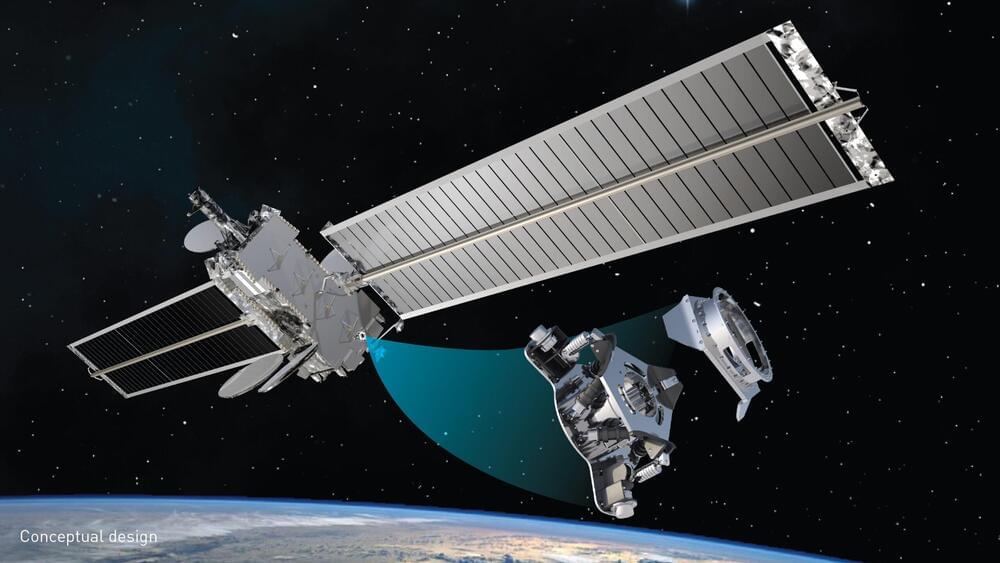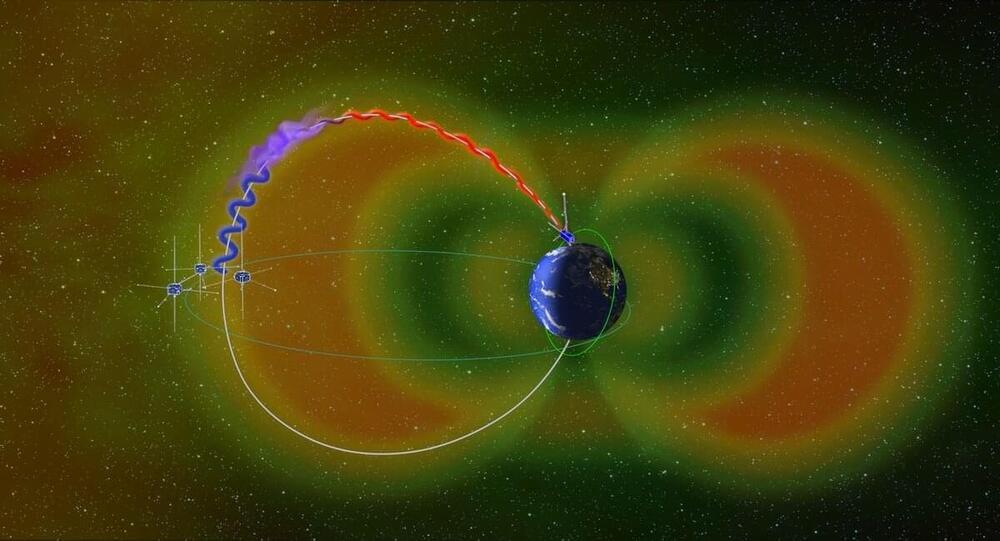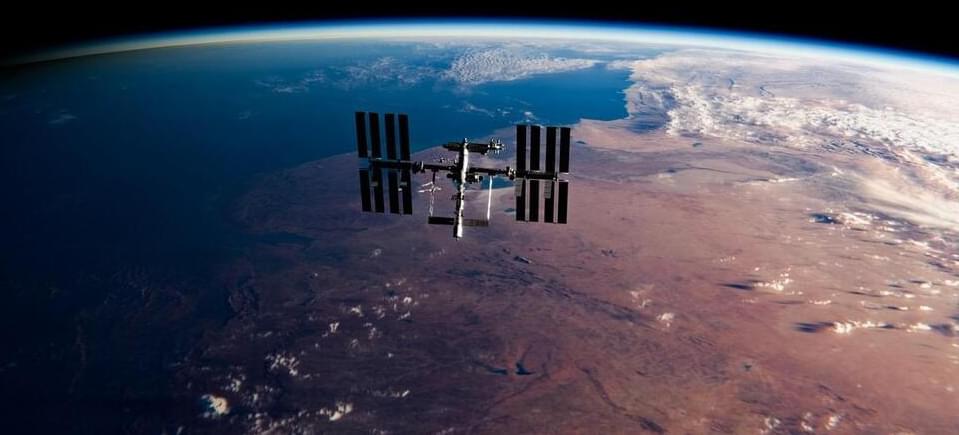COLORADO SPRINGS – Lockheed Martin on April 4 released the technical specifications of a docking adapter that could be used by manufacturers to make satellites interoperable and easier to update on orbit with new technology.
The technical data for the Mission Augmentation Port (MAP) can be used by designers to develop their own docking adapters, said Lockheed Martin.
The company used the MAP standard to design its own docking device, called Augmentation System Port Interface (ASPIN).







